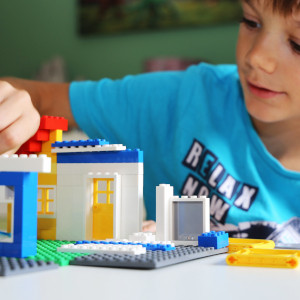
Attention deficit hyperactivity disorder (ADHD), sometimes called fidget syndrome, belongs to the group of behavioural and emotional disorders with onset in childhood and adolescence.
It manifests itself through problems with attention, distractibility, learning disorders, impulsivity and self-regulation, motor restlessness; sometimes strong physical restlessness (hyperactivity) is also present. ADHD usually becomes apparent before the age of 7 and occurs permanently in at least 2 areas of life.
ADHD symptoms can be divided into three core areas:
- Attention and concentration deficits
- Impulsive behaviour
- Pronounced restlessness
In today's world, ADHD is unfortunately spoken of quickly, especially when children are inattentive. Confirmed diagnoses should only be made by specialised doctors.
Signalling disorders in the brain, such as the missing messenger substances serotonin, noradrenalin and dopamine in the area of the frontal lobe, as well as certain areas of the amniotic ganglia and cerebellum, can be the cause of ADHD, according to our current science.
Frequency therapy offers the following frequencies to support conventional medical treatment and therapy:
RIFE:
| 3230 |
CAFL:
| 428 | 444 | 450 | 465 | 470 | 471 | 621 | 660 | 727 | 760 | 762 | 769 | 770 | 787 | 802 | 832 | 880 | 940 | 1.900|
ETDFL:
| 40 | 250 | 460 | 520 | 750 | 900 | 42,500 | 87.500 | 132.410 | 376.290 |
In connection with children and ADHD in frequency therapy, please note that our recommendation for starting therapy is for young children from the age of 6!
Frequency devices with wristbands for contact transmission are to be preferred, as children never like to hold anything in their hands for a long time.
